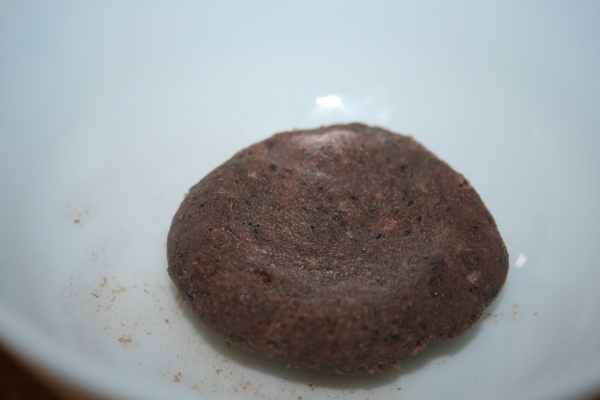Facts About Ngapi
Ngapi is a bold and flavorful paste made from fermented fish or shrimp, commonly featured in Burmese cuisine. This paste is created by salting, grinding, and then sun-drying the fish or shrimp. The term "Ngapi" specifically refers to this unique paste, with variations based on the main ingredient and its region of production. It is a staple in Lower Burmese cooking, predominantly used as a condiment or an ingredient in various dishes. Just as a precaution: it's not meant to be eaten raw.
Interestingly, there is a similar sauce called balachong or balachaung that is quite popular in Southeast Asia. Ngapi is particularly cherished in the coastal regions of Myanmar, such as the west and south. It is featured in a wide array of dishes, from soups and salads to more intricate recipes.
Ngapi comes in several regional variations. For instance, Rakhine Ngapi is made from marine fish with minimal salt, while the versions from the Ayeyarwady and Tanintharyi regions utilize freshwater fish and incorporate more salt. You can enjoy Ngapi in various forms, such as Ngapi daung (a pulverized version), Ngapi yay (a liquid version), Ngapi thoke (a salad), Ngapi gyet (cooked), Ngapi kyeik (ground), Ngapi gaung (whole fish), and even a soybean variant called Pè ngapi.

 Thailand
Thailand